Article: Garment Care Instructions: Simple Tricks to Extend the Life of Your Clothes
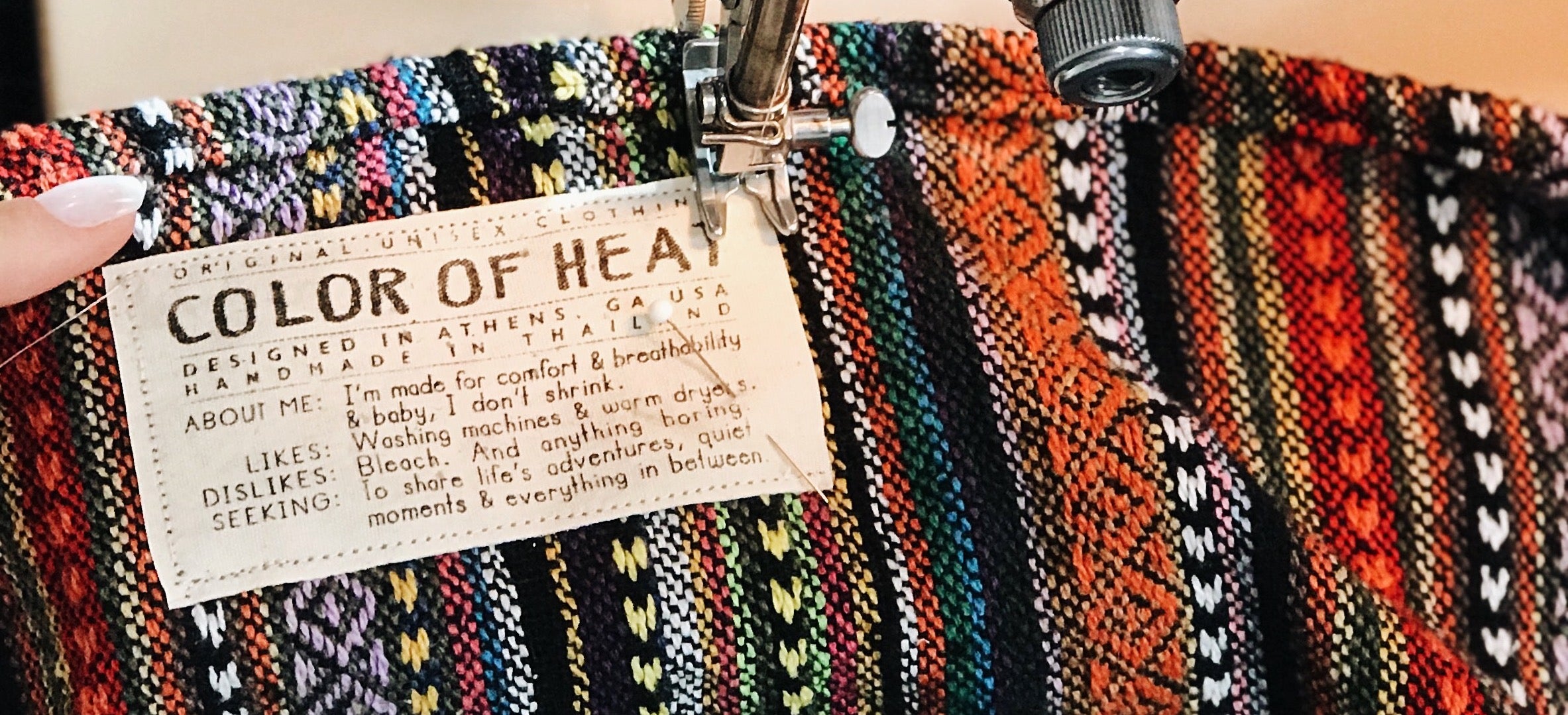
Garment Care Instructions: Simple Tricks to Extend the Life of Your Clothes
We all have favorite pieces in our wardrobe, right? It's incredible how a piece of clothing can hold memories or just make you feel fantastic. Naturally, you'd want them to last. The following garment care instructions will help your clothes live their best life, while also benefiting our planet.
Garment Care Fundamentals
You might have come across a tiny tag in your clothes with several symbols, seemingly cryptic in nature. They aren’t just there for decoration; they’re integral to understanding how to treat your garment.
Care symbols can be thought of as the 'emoji' of garment care. Each symbol gives you a visual cue about washing, drying, ironing, and bleaching. Care labels, on the other hand, are written instructions with more depth. Think of these as the user manual for your garment.
Taking proper care of your garments is essential for both preserving their quality and extending their lifespan. These tips will help you keep your wardrobe looking fresh and fabulous. Let's jump in!
Picking the Right Detergent & the Wash Cycle
We know stepping into the laundry aisle can be overwhelming. Rows of colorful bottles may leave you puzzled, and they all claim to be the best. However, choosing the right detergent is an essential part of proper garment care. What does this mean for you?
- Eco-friendly Detergents: They aren’t just good for the planet. Most of them are gentler on fabrics, preserving the color and texture while ensuring effective cleaning.
- Stand-out Brands: Eco-friendly doesn't have to mean less effective. Brands like Seventh Generation, Method, Meyers, and Miracle Made are known for their eco-friendly ingredients and impressive cleaning power.
Routine as it might sound, the wash cycle also plays a pivotal role in caring for your garments.
- Cold Water: Most garments don’t need hot water. Cold water is gentle on fabrics and can save energy, lowering your carbon footprint.
- Air Dry: While convenient, tumble dryers can strain fabrics. If conditions permit, air drying is a gentler and more eco-friendly option. Plus, who doesn't love the smell of air-dried laundry?
Stains, the Unwanted Guests in Garment Care
Every now and then, our clothes fall victim to accidental spills, drops, and life's little surprises. But with the right approach, those stains don’t have to be permanent.
- Lemon: This citrus wonder is excellent for light fabrics, helping tackle sweat stains or light discolorations.
- Cornstarch: For those frustrating grease stains, a sprinkle of cornstarch can be your hero. Let it sit, then brush it off, and you'll see a noticeable difference.
- Period Stains: A fact of life for many, these can be particularly stubborn. Cold water is your first ally. Rinse the stain with cold water as soon as possible. For set-in stains, a mixture of salt and cold water can be effective. Hydrogen peroxide works wonders for lighter fabrics, but always spot-test first to ensure there's no discoloration.
- Old Stains: When discovering old stains, no need to freak out. You can soak them in warm water mixed with salt of baking soda for a couple of hours, or try applying vinegar directly to the stain for 30 minutes then rinse.
Storage Matters
Where and how you stash your clothes can impact their lifespan.
- Breathable Bags: Ideal for special outfits.
- Space Out: Crowded closets aren't doing your clothes any favors.
- Routine Clean-up: Ensure your storage areas are clean and dry.
Care Labels & the Myth of "Dry Clean Only"
Many garments have a "dry clean only" tag, but is it necessary? The main solvent, perchloroethylene ("perc"), isn't always fabric or eco-friendly. Manufacturers often use these garment care instructions to protect themselves, not the clothing. The label is often applied liberally by manufacturers as a "catch-all" care instruction to limit liability for garment damage.
In many cases, the "dry clean only" mandate is more about safeguarding the manufacturer than the garment's actual care needs. Many such items, particularly natural fibers, can be hand or machine washed gently.
Alternative Cleaning Methods:
- Hand Washing: Use cool water and mild detergent. Avoid wringing.
- Machine Washing: Use a delicate cycle, cold water, and a mesh laundry bag for protection.
- Drying: Air dry, laying flat on a towel to maintain shape.
Beyond Basic Care
While washing, drying, and storing are fundamental, garment care goes beyond these basics.
A small tear or a missing button shouldn’t spell the end for your garment. Learning a few basic sewing skills can save you money and extend the life of your clothes.
Good outfits also deserve good shoes. Regular cleaning, polishing, and maintenance can keep them looking brand new.
Garment Care Instructions for Your Color of Heat Products
All our products are made from preshrunk, breathable fabric. Here are tips and tricks to keep your Color of Heat items in top condition:
- Festival Fabric (80% cotton, 20% viscose): For items like unisex tops and shorts, stick to washing with similar garments using cool to medium temperature setting in machine wash and dry. This ensures color uniformity and reduces friction between fabrics.
- Batik & Fine Fabric (100% cotton): Found in our tops, pants, throws, and wraps. These natural fibers retain their shape and color best at medium-low temperatures.
- Japanese & Reclaimed Denim (100% cotton): Known for their ruggedness, these fabrics demand care in return. Used for our wearable throws. Using mild detergents and air drying in cool to medium-low temperatures can extend their life remarkably.
- Hand Woven (100% cotton): Used in our beautiful wearable throw. To prolong the life of these pieces, initially hand wash 2-3 times. After that, you can use a gentle machine cycle with the fabric in a mesh laundry bag. Always use cool water to preserve colors. For drying, we recommend it’s best to air dry.
The Broader Picture
Our clothes have stories. From how they were made, how we wear them, to how we care for them – it all has a broader impact.
Slow fashion prioritizes buying quality over quantity and caring for what we already own. We reduce the demand for fast fashion, which often has dubious environmental and ethical practices.
A significant amount of discarded clothing also ends up in landfills. This has a huge impact on the environment. Different fabrics decompose at different rates. Synthetic materials like polyester can take over 500 years to decompose!
Are you wondering about the alternatives? Opting for sustainable disposal methods can make a big difference. Before throwing away, consider donating or recycling. Many brands now offer take-back programs, converting old garments into new ones.
Above all, being conscious of our decisions as consumers helps us understand our impact and make choices that feel right. Eco choices also prolong the life of our clothes, which reduces both waste and consumption.
The Collective Impact
Our individual actions contribute to a larger collective change.
- Reducing the Fast Fashion Cycle: As we care for our clothes, the demand for disposable fashion will decrease.
- Inspiring Others: Sharing knowledge about garment care creates a ripple effect.
Garment care instructions are deeply intertwined with sustainability. Each time we launder with care, mend a tear, or choose quality over quantity, we're not only preserving our cherished garments but also making a positive impact on our planet. A sustainable future starts with the choices we make today, and our wardrobe is a great place to begin.
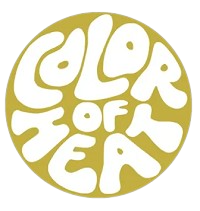
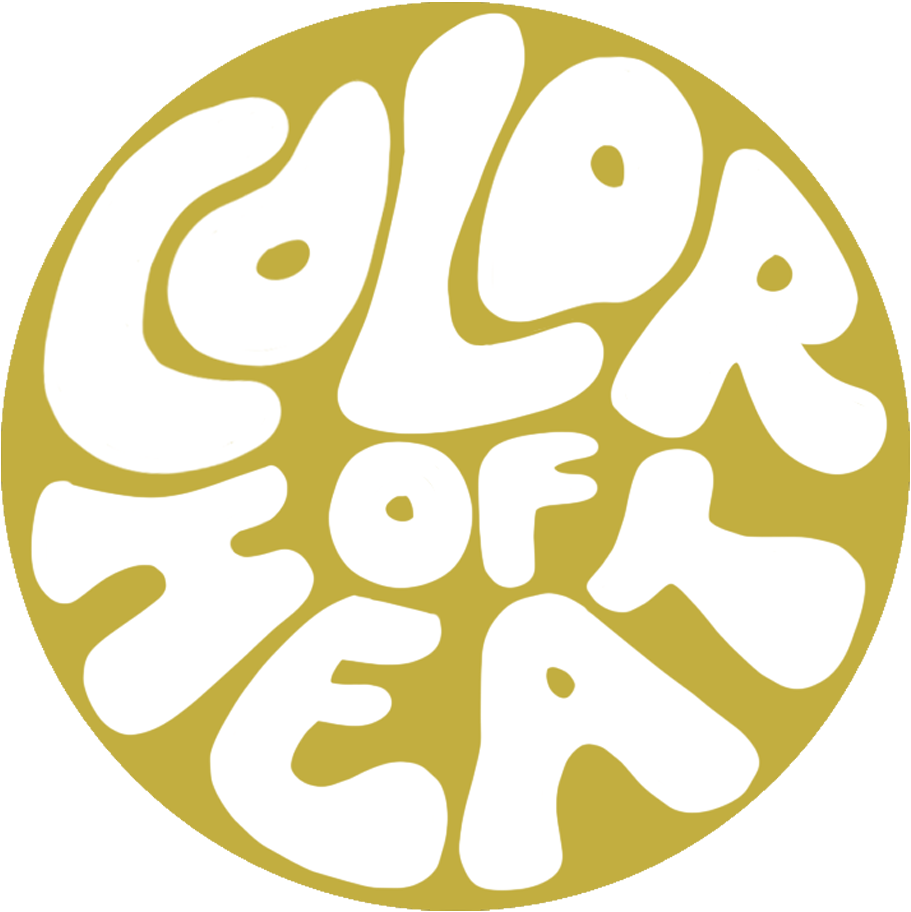



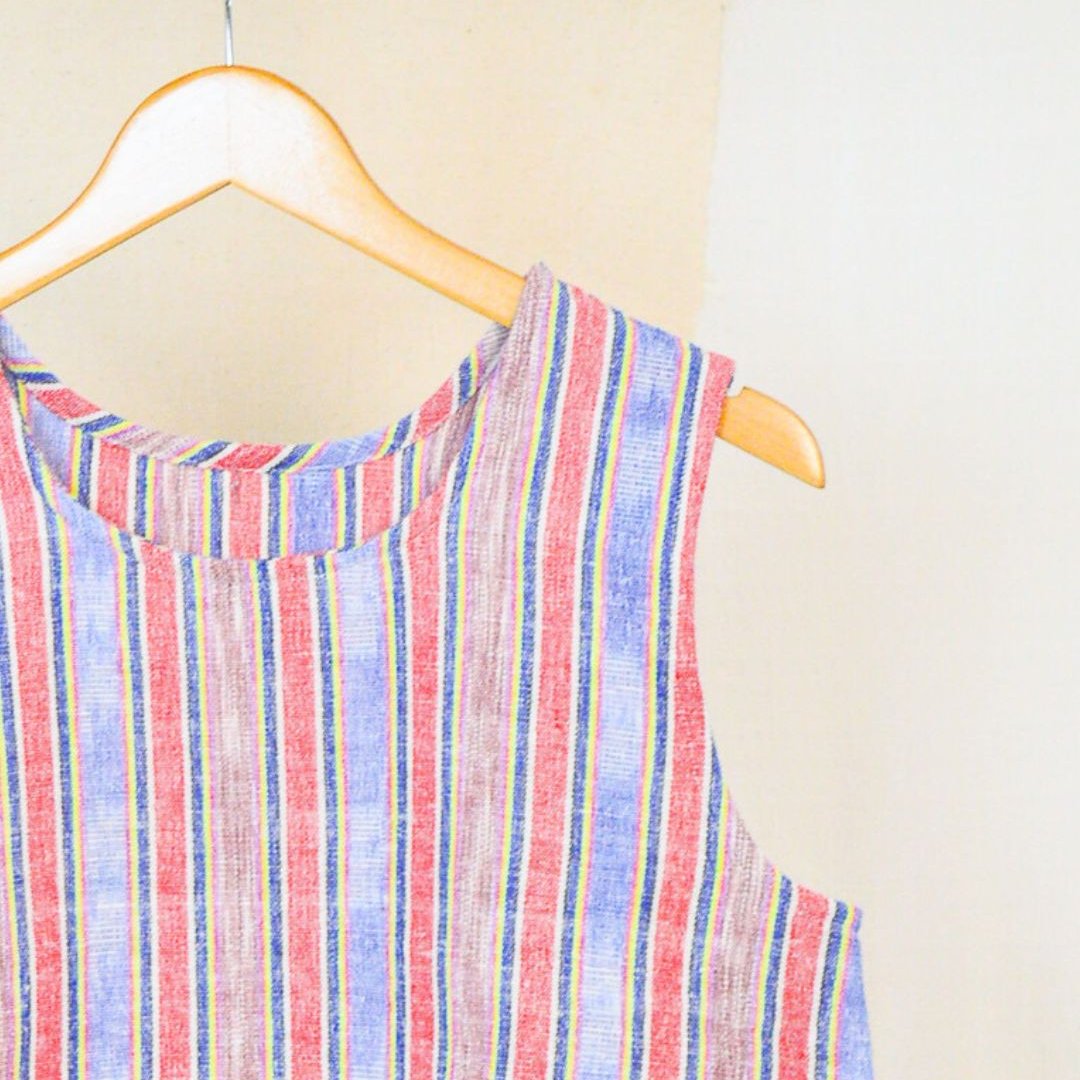

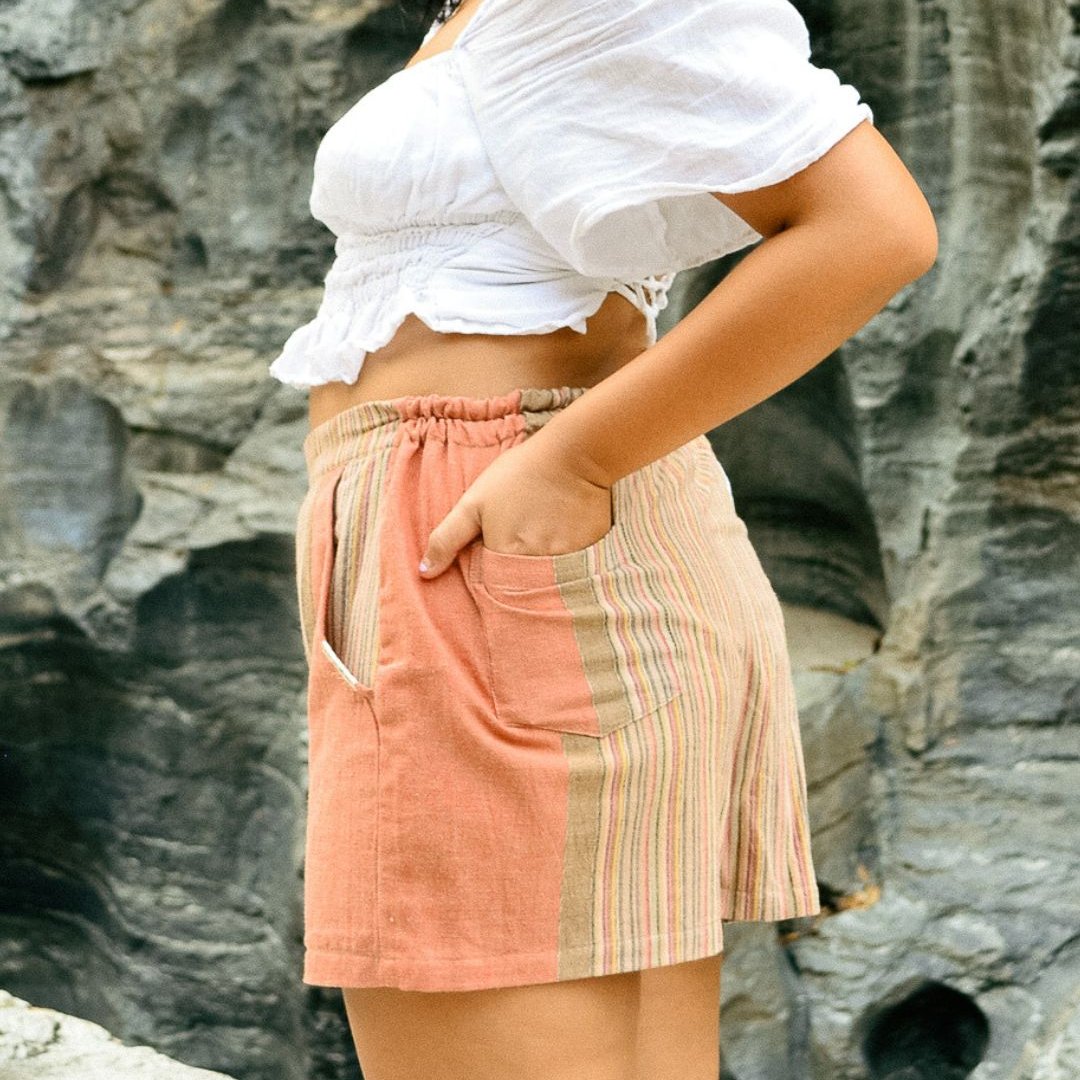

Leave a comment
This site is protected by hCaptcha and the hCaptcha Privacy Policy and Terms of Service apply.